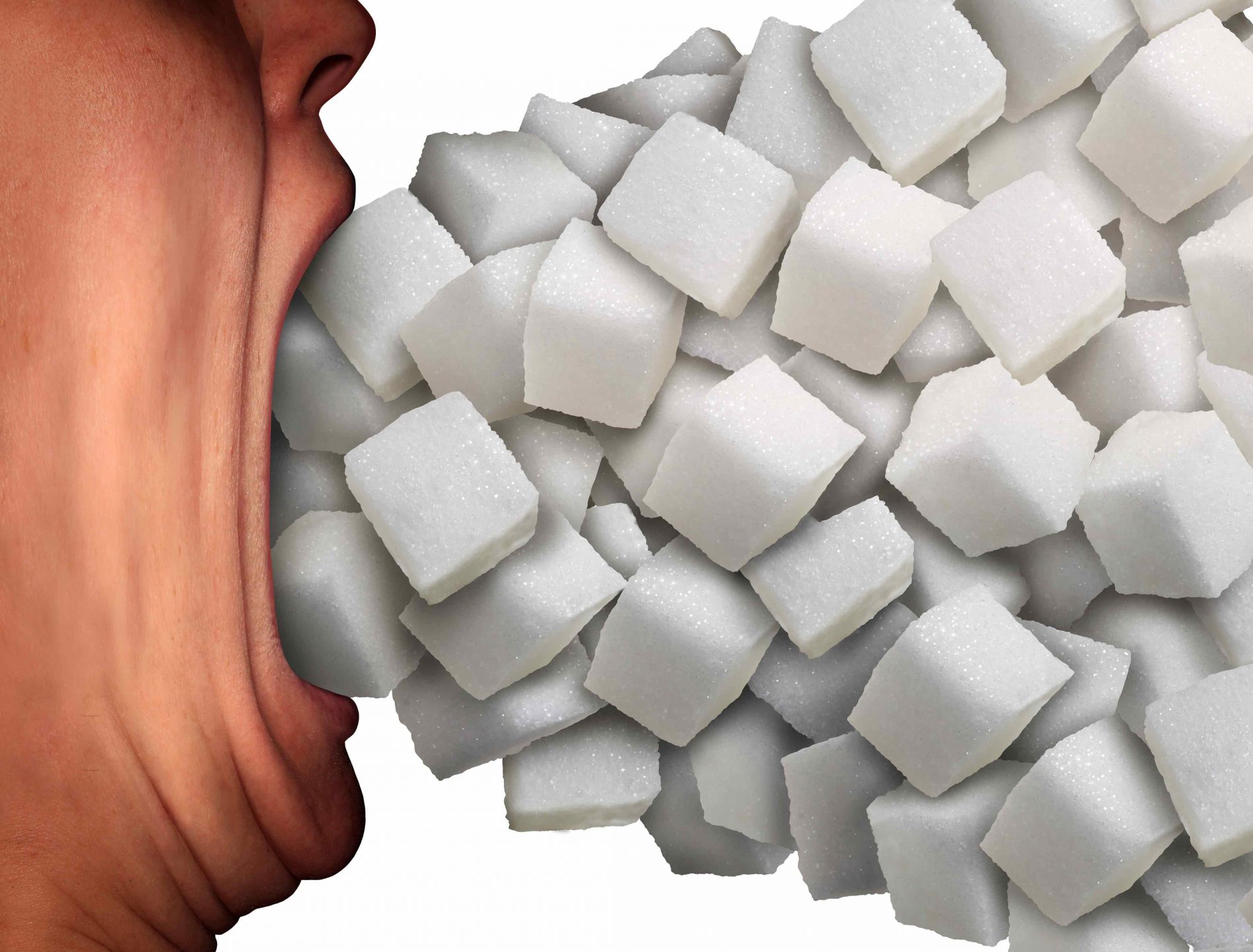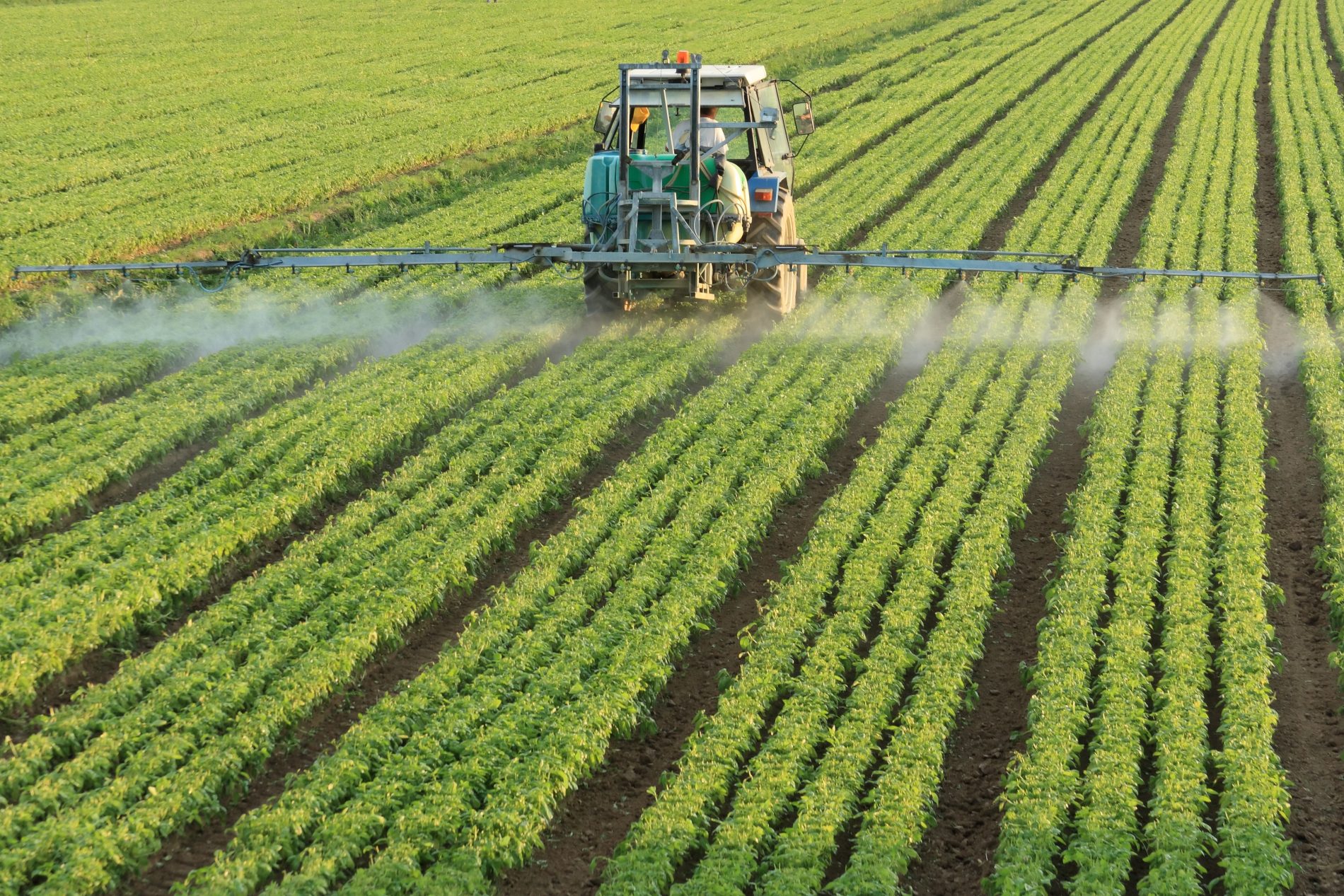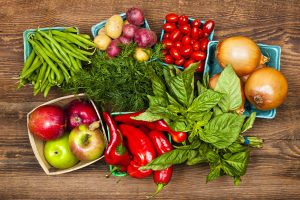You’ve seen them advertised on tv. Boost. Ensure. Those meal replacements in a bottle, with elderly ladies jumping on a trampoline or elderly men finishing what looks to have been a marathon, who are just overjoyed with happiness, radiant health and physical activity.
Cut to…. having these shakes be recommended by doctors for patients who are suffering the effects of chemotherapy, and are not hungry due to the poisons being pumped into them, who have no energy to exist, due to the poisons being pumped into them (a topic explored in another blog here!), or for those people living in a nursing home who maybe struggle to eat properly due to denture issues, decreased appetite or various other health issues.
First of all, what is in those meal replacement shakes? Can it even be called food?
It is definitely not food. It is a chemical concoction of food-like substances created in the lab with a whole lot of sugar added to it. They are marketed (very well) to medical doctors, nurses and health aids to recommend to their patients, but it seems the ingredient list is lost in translation.
Here, we break it down. Can you even recognize any of these ingredients as real food?
Ensure Plus® Milk Chocolate
Water, Corn Maltodextrin, Sugar, Blend of Vegetable Oils (Canola, Corn), Milk Protein Concentrate, Soy Protein Isolate, Cocoa Powder (Processed with Alkali).
Less than 0.5% of: Nonfat Milk, Magnesium Phosphate, Sodium Citrate, Soy Lecithin, Natural & Artificial Flavor, Calcium Phosphate, Potassium Chloride, Cellulose Gum, Potassium Citrate, Choline Chloride, Ascorbic Acid, Cellulose Gel, Carrageenan, Salt, Ferric Phosphate, dl-Alpha-Tocopheryl Acetate, Zinc Sulfate, Niacinamide, Manganese Sulfate, Calcium Pantothenate, Copper Sulfate, Thiamine Chloride Hydrochloride, Vitamin A Palmitate, Pyridoxine Hydrochloride, Riboflavin, Folic Acid, Biotin, Chromium Chloride, Sodium Molybdate, Sodium Selenate, Potassium Iodide, Vitamin B12, Phylloquinone, and Vitamin D3.
There are 22 grams of processed sugar in one 250mL bottle.
Processed sugar FEEDS cancer cells. Yet they are highly recommended to everyone who has chosen to take chemotherapy because they HAVE CANCER. Too much sugar can also destabilize blood sugar, lead to sugar spikes and crashes and cause moodiness.
There is also less than 1 gram of fibre in the entire bottle, which is an essential piece of our nutritional needs. It helps to move things through the digestive system and sweeps up toxins as it goes.
The canola or corn oil are both extremely inflammatory compounds and cause a great deal of havoc in the body.
All of the vitamins and minerals that are in the bottle are synthetic, and your body really has no idea what to do with them. Your body likes natural vitamins and minerals from real food, as they are synergistically available to work together in the body. There are many vitamins/minerals that need others to be fully utilized by the body, and Mother Nature provides this for us in REAL FOOD.
There are many artificial ingredients in this bottle which help to create flavour, thickness, colour and preservatives to let it sit on the shelf for months. All of which cause a host of inflammatory responses in the body.
What should you eat instead?
For people who are suffering ill effects from chemotherapy, or have decreased appetites, or anyone who needs to eat when they may not feel like it, a simple smoothie is the best recommendation.
For example, you could blend up a bit of frozen banana and strawberries with almond milk and that would be a perfectly healing meal (that needs no replacement!)
Or raspberries, blueberries and peaches.
Or strawberries, kiwi and natural peanut butter.
It does not matter what the combination is, as long as the person enjoys the ingredients. There is a much higher chance of them drinking something fruity and palatable than blended green vegetables to start. Meet them where they are at, and if it is a plant based, whole food – throw it in that blender and I really hope they enjoy it!
With Sources from:
https://ensure.com/nutrition-products/ensure-plus#milk-chocolate
https://draxe.com/meal-replacement-shakes/
Jo-Anne Richardson has almost a decade of experience managing a chiropractic office and educating patients on how chiropractic can allow your body to express optimal health. She is a Registered Holistic Nutritionist and holds a Degree in Communications. She loves to experiment with raw vegan recipes, loves to salsa dance, travel and learn new holistic health information to share tips with everyone who visits the office.






